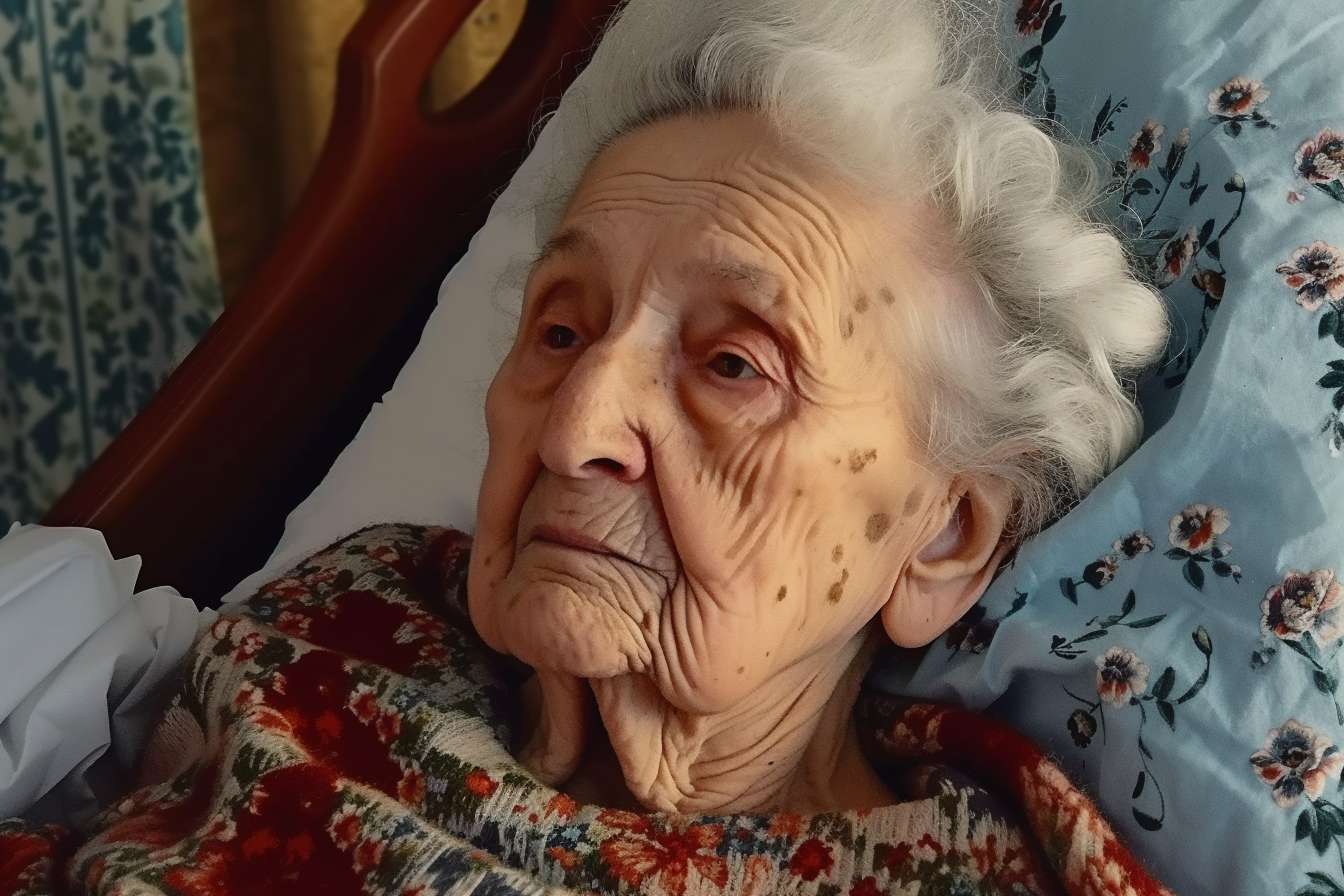Retirement Villages: Housing Options for Senior Living in Canada
Retirement villages have become an increasingly popular housing solution for Canadian seniors seeking community-focused living arrangements. These planned communities offer various accommodation styles, from independent living apartments to assisted care facilities, designed specifically for adults aged 55 and older. With Canada's aging population expected to continue growing through 2025 and beyond, retirement villages provide structured environments that balance independence with access to healthcare, social activities, and maintenance-free living.

What Are Luxury Two Bedroom Apartments for Seniors in 2025?
Luxury two bedroom apartments for seniors represent the premium tier of retirement village accommodations. These spacious units typically feature modern appliances, accessible bathroom designs, emergency response systems, and high-end finishes tailored to senior mobility needs. In 2025, these apartments increasingly incorporate smart home technology, including voice-activated lighting, temperature controls, and medical alert integration. The two-bedroom layout provides flexibility for couples, guests, or dedicated hobby spaces while maintaining the comfort and security features essential for senior living.
How Does Bella Vista Retirement Village Compare to Other Communities?
Bella Vista Retirement Village operates as a mid-to-upper tier retirement community model found across various Canadian provinces. These communities typically offer multiple accommodation levels, from independent living to memory care, with on-site amenities such as dining facilities, fitness centers, and healthcare services. Bella Vista-style communities focus on creating resort-like environments with landscaped grounds, walking paths, and organized social programs. The village model emphasizes community engagement through clubs, educational programs, and recreational activities designed to promote active aging.
What Options Exist for Retirement Village Homes for Sale?
Retirement village homes for sale in Canada encompass several ownership models, including freehold properties, condominium units, and life lease arrangements. Freehold homes within retirement communities offer traditional ownership with the added benefits of age-restricted neighborhoods and community amenities. Condominium-style units provide ownership with shared maintenance responsibilities, while life lease arrangements allow residents to purchase the right to occupy a unit for life without traditional property ownership. Each model offers different financial implications, inheritance considerations, and monthly fee structures that potential residents should carefully evaluate.
Understanding Retirement Village Pricing and Costs
Retirement village pricing varies significantly based on location, accommodation type, and service levels included. Entry fees for luxury two bedroom apartments typically range from $200,000 to $600,000 in major Canadian markets, with additional monthly fees between $2,500 and $5,000 covering utilities, maintenance, and basic services. Life lease arrangements may require initial payments of $150,000 to $400,000, while rental options generally cost $3,000 to $7,000 monthly depending on the level of care and amenities provided.
| Accommodation Type | Provider Example | Monthly Cost Range | Entry Fee Range |
|---|---|---|---|
| Independent Apartment | Chartwell Retirement | $2,500 - $4,500 | $0 - $200,000 |
| Luxury Two Bedroom | Revera Communities | $4,000 - $7,000 | $200,000 - $600,000 |
| Life Lease Unit | Amica Senior Living | $3,000 - $5,500 | $150,000 - $400,000 |
| Assisted Living | Sienna Senior Living | $3,500 - $6,500 | $0 - $150,000 |
Prices, rates, or cost estimates mentioned in this article are based on the latest available information but may change over time. Independent research is advised before making financial decisions.
Evaluating Amenities and Services in Retirement Communities
Modern retirement villages prioritize comprehensive amenities that support physical, social, and intellectual well-being. Common facilities include fitness centers with senior-specific equipment, swimming pools, libraries, computer labs, and workshop spaces. Dining services typically offer restaurant-style meals with nutritional considerations for senior dietary needs. Healthcare services may include on-site nursing, physiotherapy, and coordination with external medical providers. Transportation services for shopping, medical appointments, and recreational outings are frequently provided to maintain residents’ independence and community connections.
Making the Decision to Move to a Retirement Village
Choosing a retirement village involves careful consideration of current and future needs, financial resources, and lifestyle preferences. Prospective residents should evaluate their desire for social interaction, need for maintenance assistance, and proximity to family and healthcare providers. Visiting multiple communities, speaking with current residents, and understanding contract terms are essential steps in the decision-making process. The transition to retirement village living represents a significant lifestyle change that can offer enhanced security, social opportunities, and peace of mind for both residents and their families when properly matched to individual circumstances and preferences.




